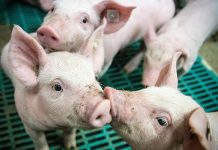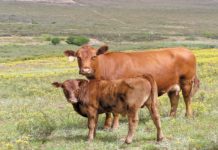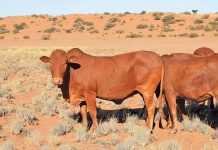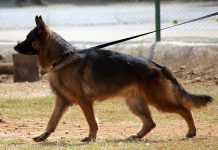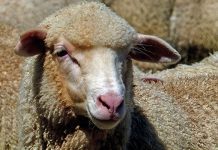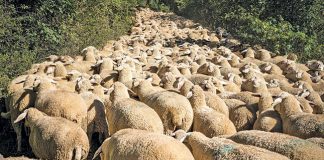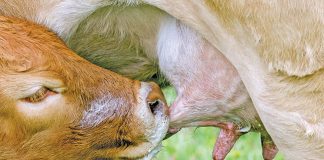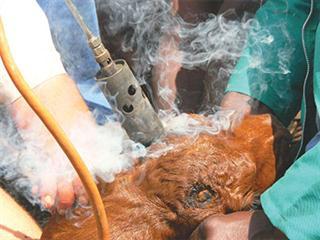
You don’t need as much trough space for dehorned cattle and they can be fed more easily with less interference from dominant animals. Horn blows during transport also bruise the meat on carcasses, making it unfit for people to eat, and loses you a lot of money. Here are two methods of dehorning.
Read:Dehorning your beef cattle
Caustic stick method
This method is only suitable for smallholders with few cattle.
- Apply caustic soda (in stick or paste form) to hornbuds before calves are 10 days old.
- Animals should be protected from rain because the caustic soda could run, burning their faces.
- Make sure hornbuds are dry before calves suckle, as the soda could harm udders.
Hot iron method
Here, the horn-forming tissue at the base of the hornbud is burnt with a de-budding iron, which is heated by gas or fire. This should be performed when the calf is three to six weeks old.
- The iron is heated until dull red, then pressed onto the bud.
- Slowly move the iron in a circular motion for about 10 seconds.
- If the bud is large, the tip has to be removed first with a sharp knife or nucleator.
- Remember to hold the calf firmly throughout.
- Using a nucleator for the actual dehorning – or instruments such as debudding spoons and knives – is not recommended. This is because they usually leave open wounds and cause possible complications.
- In adult cattle, dehorning is best performed by a veterinary surgeon.
Source: Department of Agriculture, Forestry and Fisheries
This article was originally published in the 19 February 2016 issue of Farmers Weekly.


